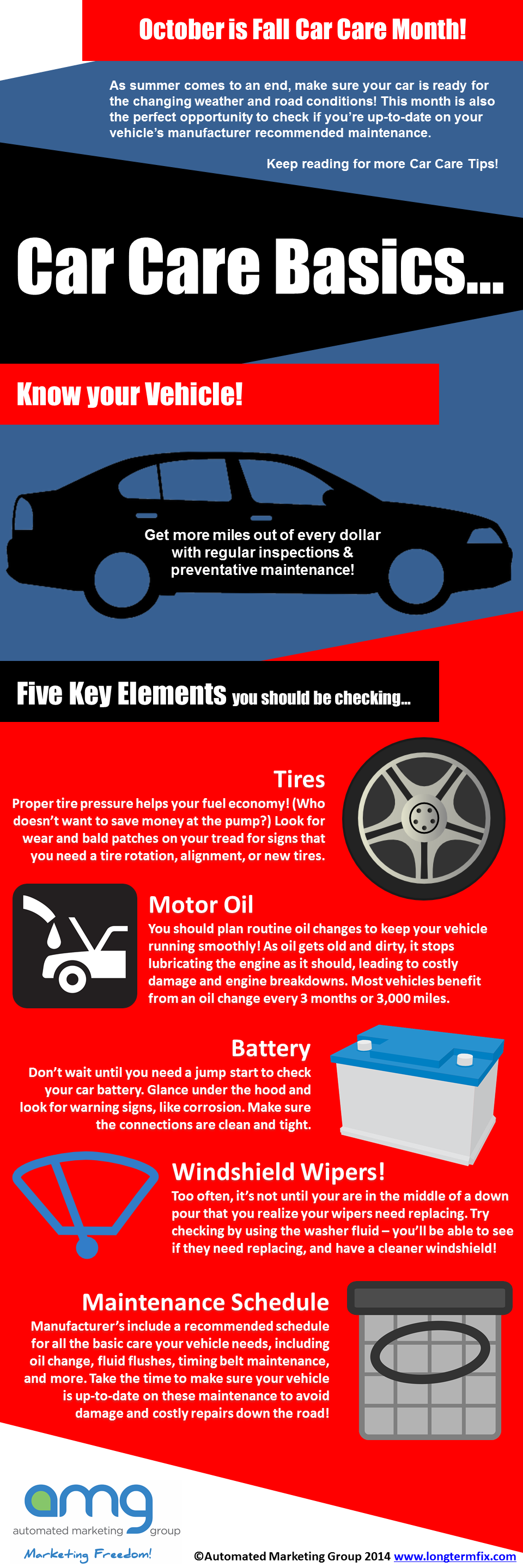Analyzing Your Vehicle'S Warning Indicators: What They Actually Share
Analyzing Your Vehicle'S Warning Indicators: What They Actually Share
Blog Article
Article Author-Hartley Alvarado
When you're behind the wheel, those radiant caution lights on your control panel can be a bit complicated. Do you understand what they're attempting to inform you about your vehicle's health? Understanding the significance of these lights is crucial for your safety and security and the long life of your vehicle. So, the following time among those lights appears, wouldn't you want to understand its message properly and take the essential steps to resolve it?
Common Caution Lighting and Interpretations
Recognize usual caution lights in your auto and comprehend their definitions to ensure secure driving.
The most regular caution lights consist of the check engine light, which indicates issues with the engine or exhausts system. If this light comes on, it's vital to have your vehicle inspected quickly.
The oil pressure advising light shows reduced oil pressure, requiring immediate interest to avoid engine damages.
https://www.wapt.com/article/two-men-killed-in-shooting-outside-auto-repair-shop/38530059 flashing battery light may suggest a defective charging system, potentially leaving you stranded otherwise dealt with.
The tire pressure monitoring system (TPMS) light notifies you to low tire pressure, impacting lorry stability and fuel efficiency. Overlooking this might cause harmful driving conditions.
The abdominal muscle light suggests a problem with the anti-lock braking system, compromising your capacity to stop rapidly in emergencies.
Lastly, the coolant temperature cautioning light warns of engine getting too hot, which can result in serious damages if not dealt with swiftly.
Recognizing these typical caution lights will certainly aid you attend to problems immediately and keep risk-free driving problems.
Significance of Prompt Attention
Comprehending the typical caution lights in your automobile is only the very first step; the value of immediately attending to these cautions can't be stressed enough to ensure your security when traveling.
When a caution light illuminates on your dashboard, it's your cars and truck's means of interacting a potential issue that needs interest. Neglecting these cautions can lead to more serious troubles later on, compromising your safety and potentially costing you extra out of commission.
Motivate attention to cautioning lights can avoid break downs and accidents. For instance, a blinking check engine light might suggest a misfire that, if left unattended, can trigger damages to the catalytic converter. Addressing this quickly can save you from a pricey repair service.
Likewise, a brake system alerting light might signal reduced brake fluid or used brake pads, critical parts for your safety and security when driving.
DIY Troubleshooting Tips
If you discover a caution light on your control panel, there are a couple of do it yourself fixing pointers you can attempt before looking for professional aid.
The first step is to consult your car's guidebook to recognize what the specific caution light suggests. Sometimes the issue can be as simple as a loose gas cap activating the check engine light. Tightening the gas cap might deal with the issue.
auto car wash detailing is a low battery, which can activate various advising lights. Inspecting the battery connections for rust and ensuring they're secure could repair the trouble.
If a caution light lingers, you can attempt resetting it by disconnecting the cars and truck's battery for a couple of mins and afterwards reconnecting it. Furthermore, examining your automobile's fluid levels, such as oil, coolant, and brake liquid, can aid troubleshoot cautioning lights associated with these systems.
Conclusion
To conclude, comprehending your auto's caution lights is vital for maintaining your car running efficiently and securely. By promptly resolving these alerts and knowing what they indicate, you can prevent pricey repairs and potential break downs.
Keep in mind to consult your auto's handbook for particular information on each warning light and take action appropriately to guarantee a hassle-free driving experience.
Keep notified, remain risk-free when traveling!
